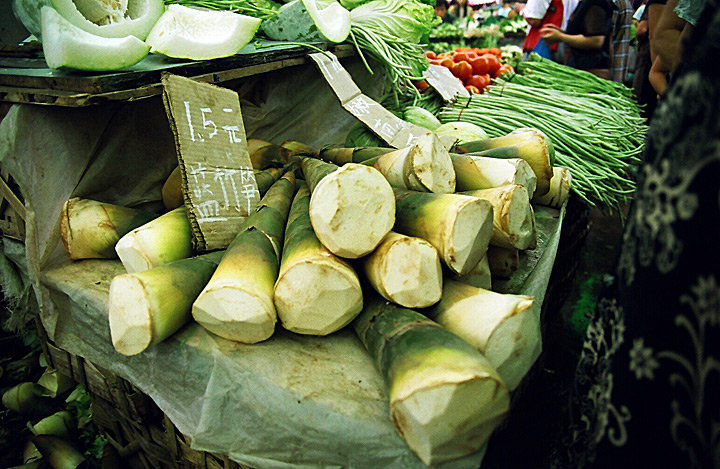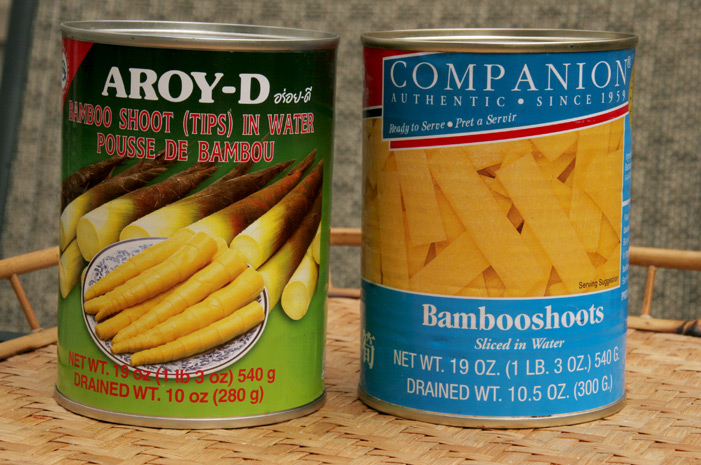Barley 大麦 (dà mài)
Barley is a hearty, light brown grain that has been used by cooks for thousands of years. It is an extremely adaptable crop and grows well in the harsh climate of Tibet. Tibetans grind it into a flour to make tsampa, the Tibetan staple food, and ferment it to brew chhaang, Tibetan barley beer. There are two main types of barley used in cooking. Hulled barley has had only the outer husk removed and still retains its bran and germ, which makes it very nutritious. Pearl barley has had the outer husk and bran removed, but it has also been steamed and polished so that it is less chewy and cooks faster. You can find both types of barley at health food stores and larger supermarkets.



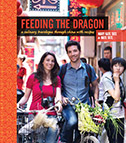


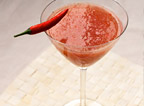

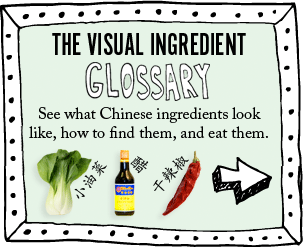
 Saturday, January 1, 2011
Saturday, January 1, 2011